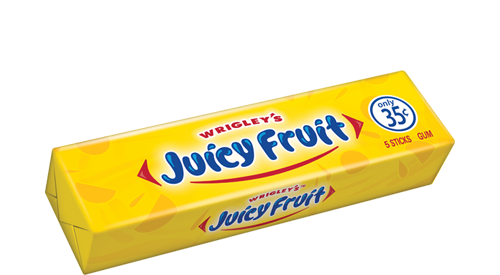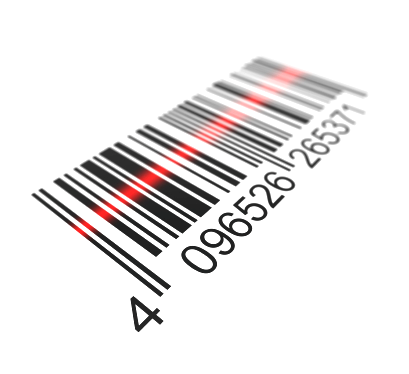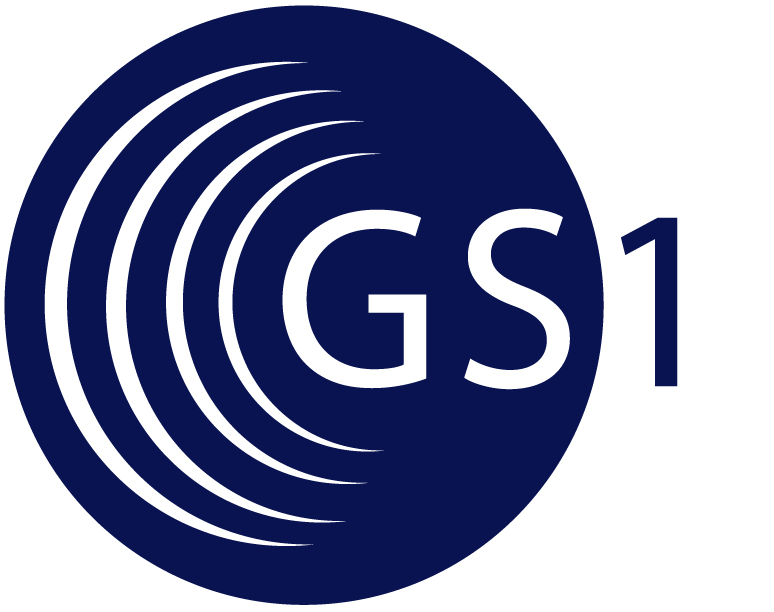Choosing a Scanner for UPC Barcode Reading
 UPC barcodes are one of the most commons codes that are being read daily around the world. If you’re not familiar with the UPC code you can find it on any commercial product from the grocery store to the everything on Amazon.
UPC barcodes are one of the most commons codes that are being read daily around the world. If you’re not familiar with the UPC code you can find it on any commercial product from the grocery store to the everything on Amazon.
The UPC number itself is referred to as the GTIN (Global Trade Item Number). The GTIN is made up of two parts: The UPC Company Prefix and the number that you have assigned to that unique product. This information is how any business can recognize what each product is.
The UPC code is a standard 1D linear barcode so almost any device will be a suitable UPC barcode scanner. The primary concern when choosin g a scanner will be reading performance to keep up with your specific application.
Laser Scanners
By far the most common, laser scanners are more than capable of reading any UPC. These scanners often are the most cost effective solution but you will need to properly line up the red laser line with the UPC to get a good read. This usually isn’t a deal breaker but for higher volume applications you may want to look at other options. One of the most popular laser scanners today is the AirTrack S1.
Imagers
Imager-based scanners utilize a specialized camera to read a barcode as opposed to reflecting light like on a laser. This means you can capture barcodes without really aiming. Just get within the reading area of the imager and you can get a positive read. Upside down, sideways, it doesn’t matter. Imagers like the AirTrack S2 will improve scanning accuracy and speed for faster check-out lines and inventory check-ins.
40 Year Anniversary of the First Barcode Scan
 Today marks the 40 year anniversary of the first scan of a GS1 barcode in a retail environment – which all started with a pack of Wrigley Juicy Fruit gum at a Marsh Supermarket in Troy, Ohio on June 26, 1974!
Today marks the 40 year anniversary of the first scan of a GS1 barcode in a retail environment – which all started with a pack of Wrigley Juicy Fruit gum at a Marsh Supermarket in Troy, Ohio on June 26, 1974!
No one could have ever expected how a simple technology like the barcode would go on to shape and mold the retail landscape. The familiar beep of the scanner is now heard around the world up to six billion times a day!
Making Barcode Design Fun
Most of the time when we use the term ‘barcode design’ there really isn’t much design work involved outside of making sure the right data gets encoded in the right symbology. Creativity and barcode design software don’t often make it into the same sentence but it’s one area where you can really improve and have some fun with your product packaging.
Artist Steve Simpson has been making the most of UPC barcodes with some very interesting and creative takes on how a product code can be better integrated into packaging design. He even provides some tips and rules to follow to make sure the code is still readable.
The UPC Barcode – The Most Scanned Barcode in the World
 In has been 40 years now since a group of grocery store executives collectively decided to help unify product identification with the use of a barcode. No one would have know at that time that a simple set of black and white lines would become one of the most important technologies for trade in the 20th century.
In has been 40 years now since a group of grocery store executives collectively decided to help unify product identification with the use of a barcode. No one would have know at that time that a simple set of black and white lines would become one of the most important technologies for trade in the 20th century.
The Universal Product Code (UPC) was the first movement to a standardized tool that every manufacturer and retailer could use to easily track products, maintain inventory better, and help speed up check-out lanes at the point of sale. The humble UPC hasn’t changed much since its creation in April 1973 but continues to provide an easy and efficient means to manage any product throughout its life cycle.
To better illustrate the UPC bar code’s extensive use and importance, Brussels-based nonprofit GS1, which maintains international UPC standards, has posted an online ticker to count the number of bar codes scanned around the world each day. According to GS1, the average number of daily scans clocks in at more than 5 billion! To think all this started with the first scan of a 10-pack of Juicy Fruit gum at a Marsh Supermarket in Troy, OH in 1974.
GS1 US Celebrates 40 Years of the Barcode
 This year marks the 40th anniversary that organizations united to adopt a universal way to conduct business using GS1 Standards. Beginning with a UPC (Universal Product Code) barcode, the GS1 System of Standards has set the foundation for a technological revolution that has changed the way companies, from manufacturers to retailers, conduct business around the world. Now, more than five billion GS1 barcodes are scanned every day.
This year marks the 40th anniversary that organizations united to adopt a universal way to conduct business using GS1 Standards. Beginning with a UPC (Universal Product Code) barcode, the GS1 System of Standards has set the foundation for a technological revolution that has changed the way companies, from manufacturers to retailers, conduct business around the world. Now, more than five billion GS1 barcodes are scanned every day.
In the 40 years since their adoption, GS1 Standards have grown into a global system, used by more than two million companies doing business in 150 countries across 25 industries, including apparel and general merchandise, fresh foods, consumer packaged goods, grocery, foodservice, healthcare, and defense
Introduced to speed the supermarket checkout process, the grocery retail industry was the first champion of standards in 1973. Today, supply chains representing nearly every sector in the world rely on GS1 Standards for identifying, capturing, and sharing information about goods, services, locations, and more in real-time. Barcodes and Electronic Product Code (EPC) enabled radio frequency identification (RFID) have evolved to capture a broad range of information to drive supply chain visibility.




